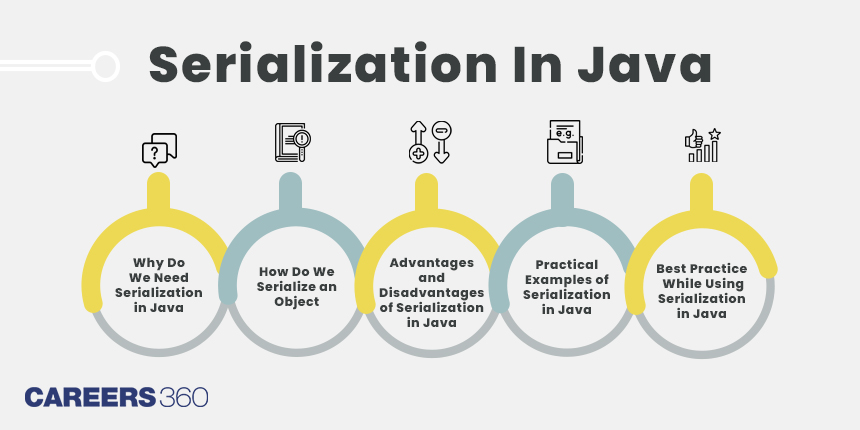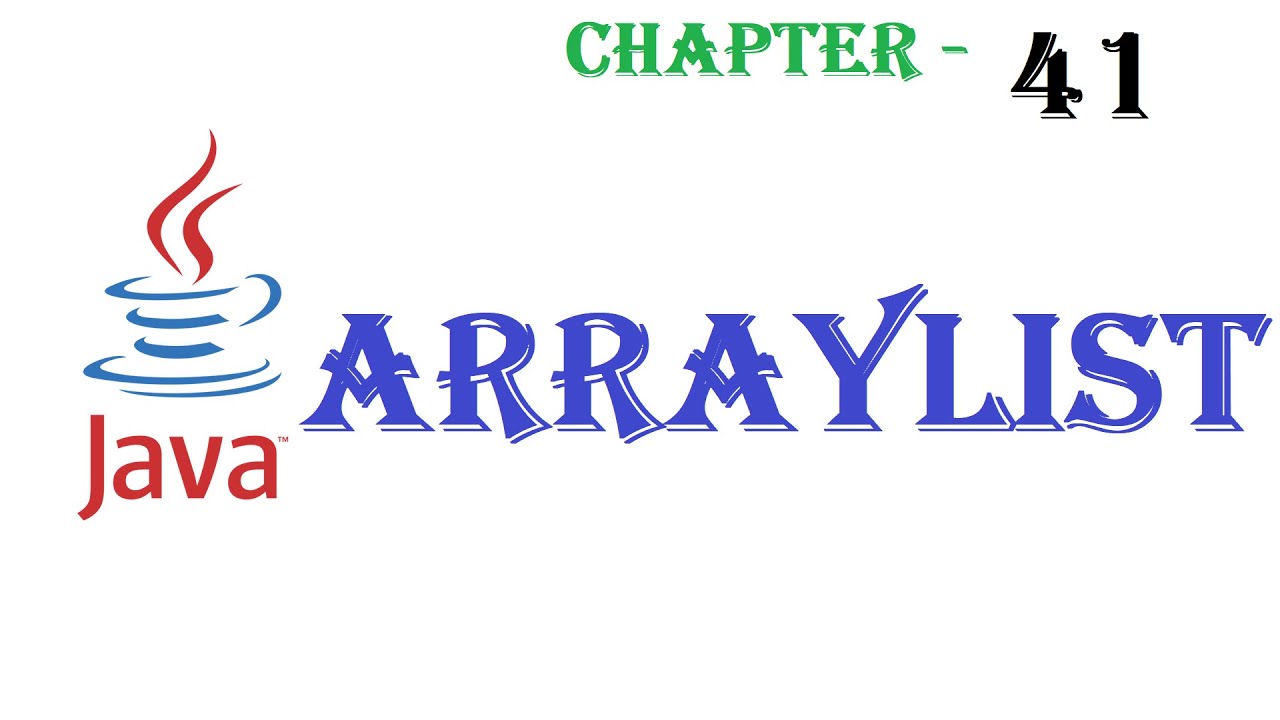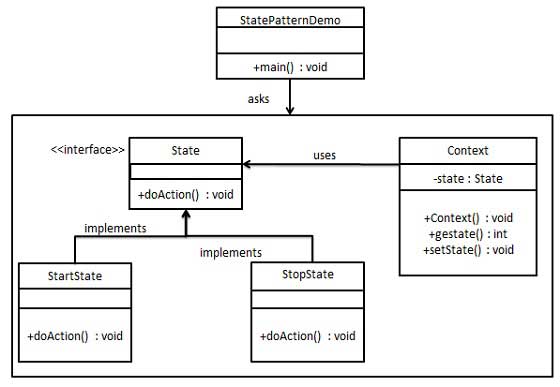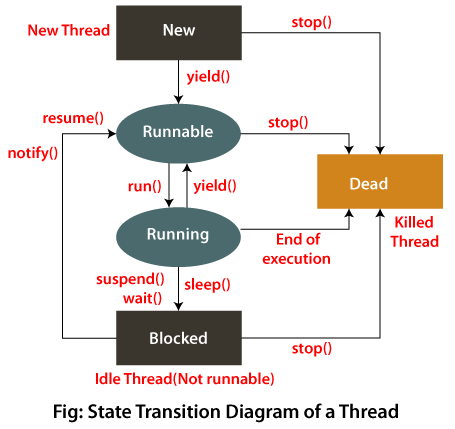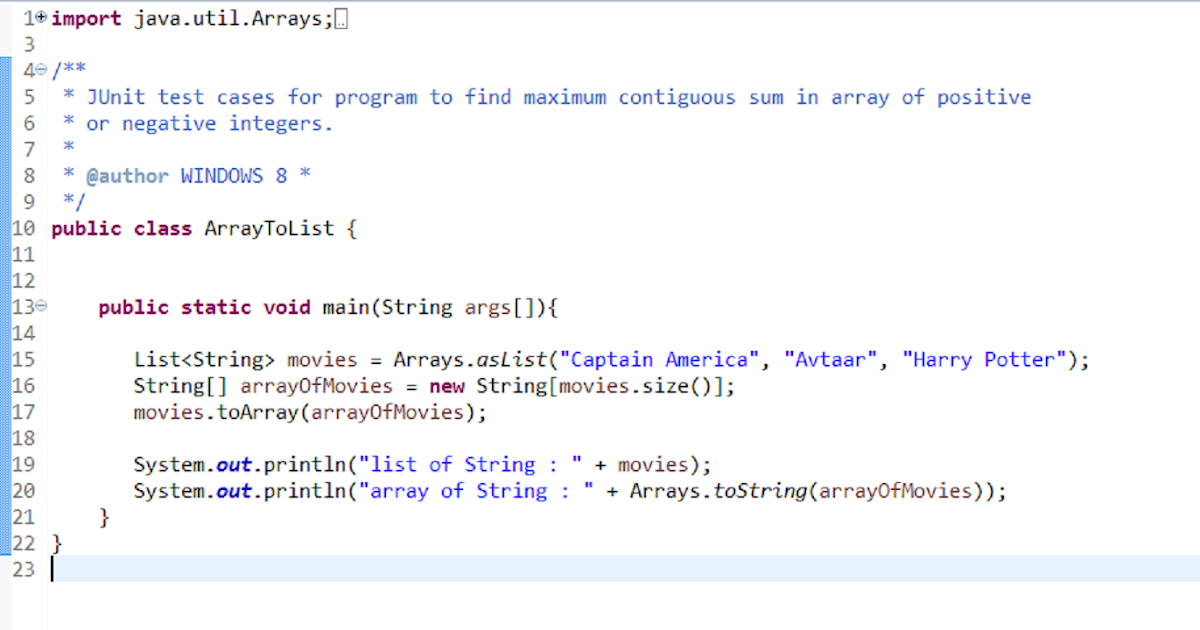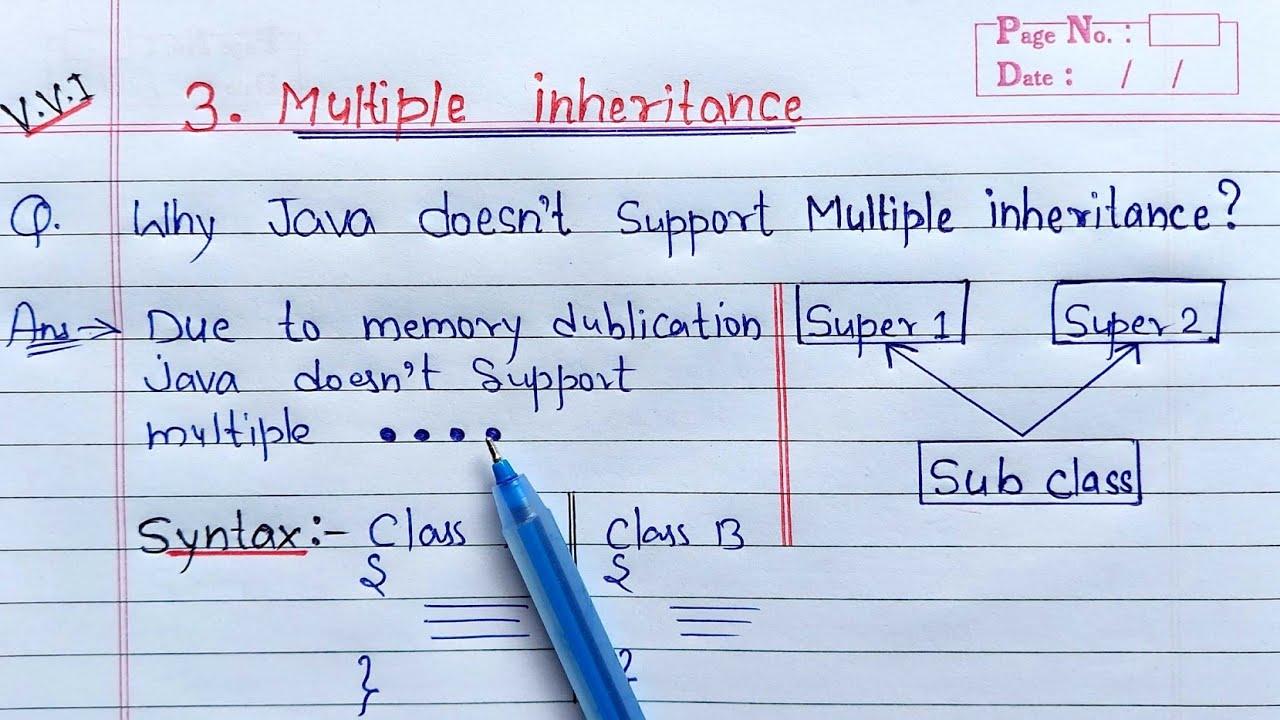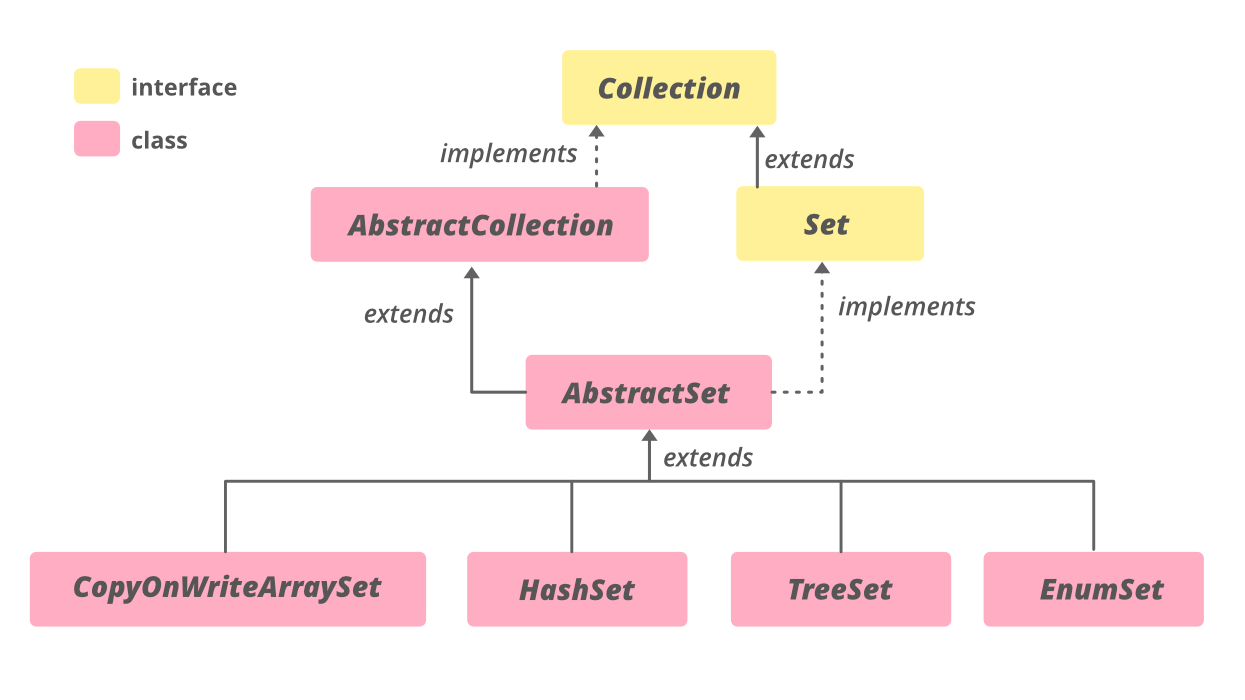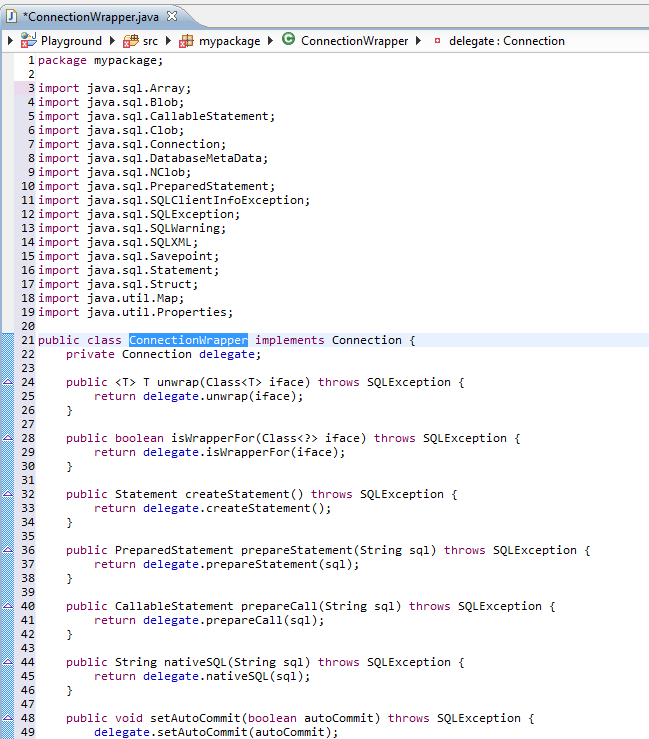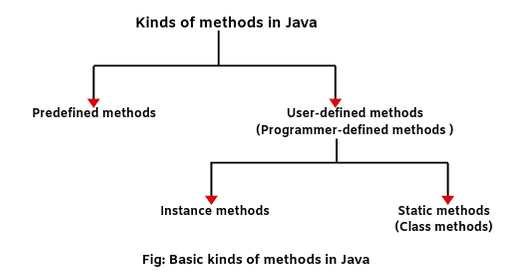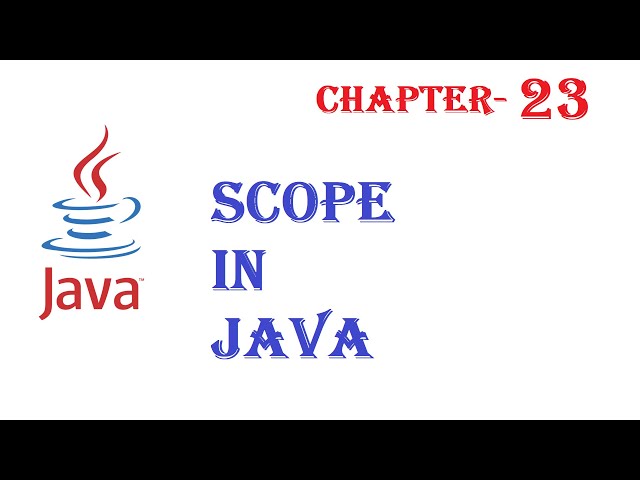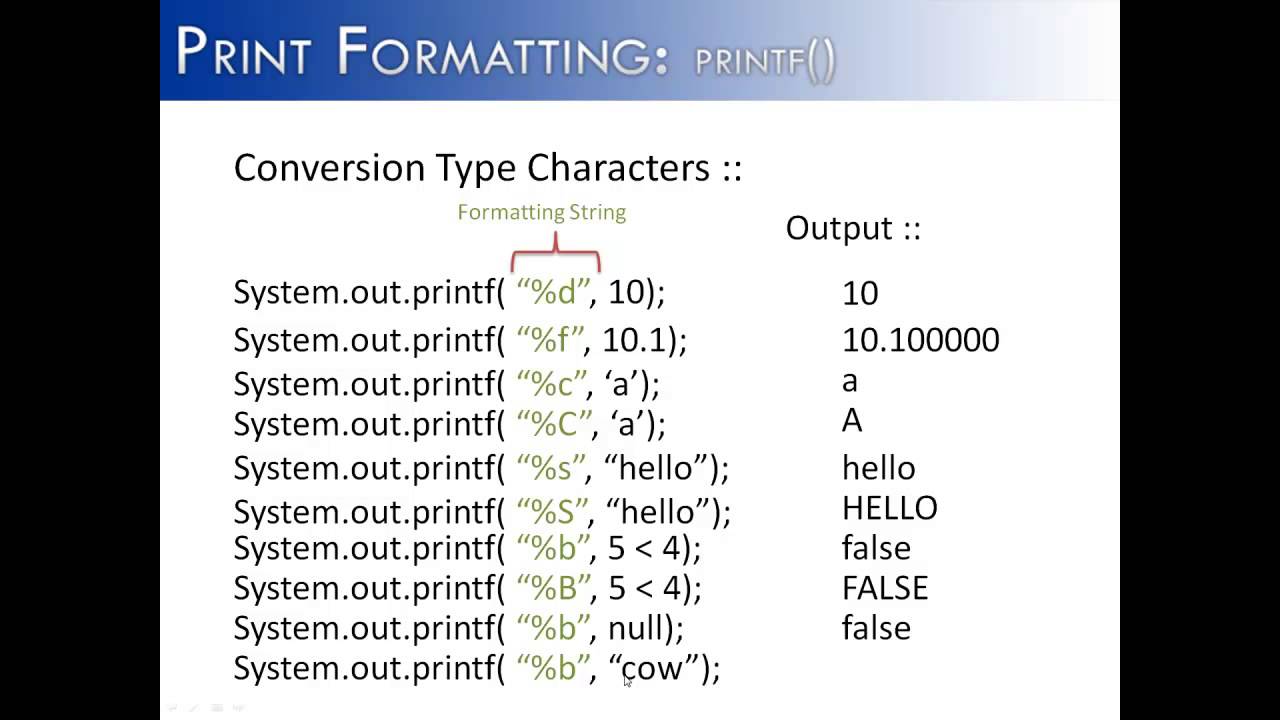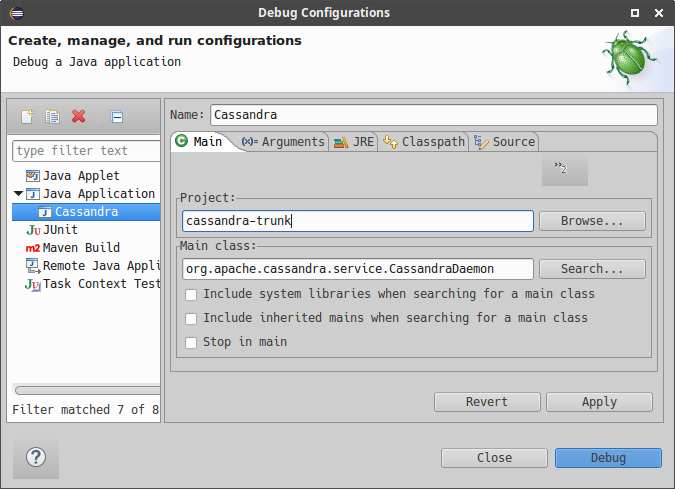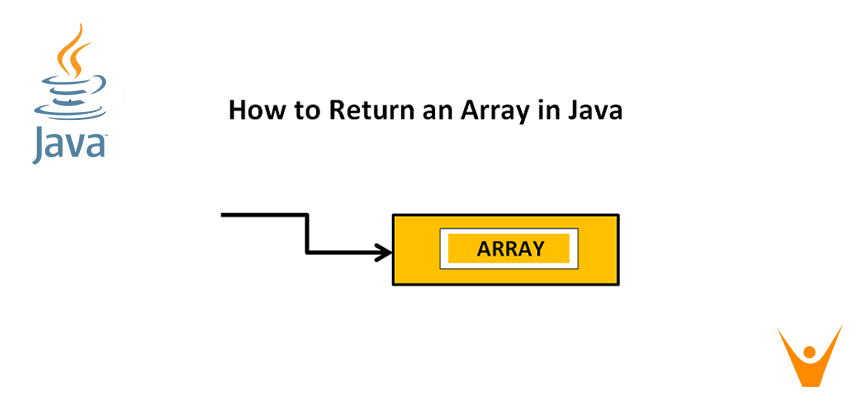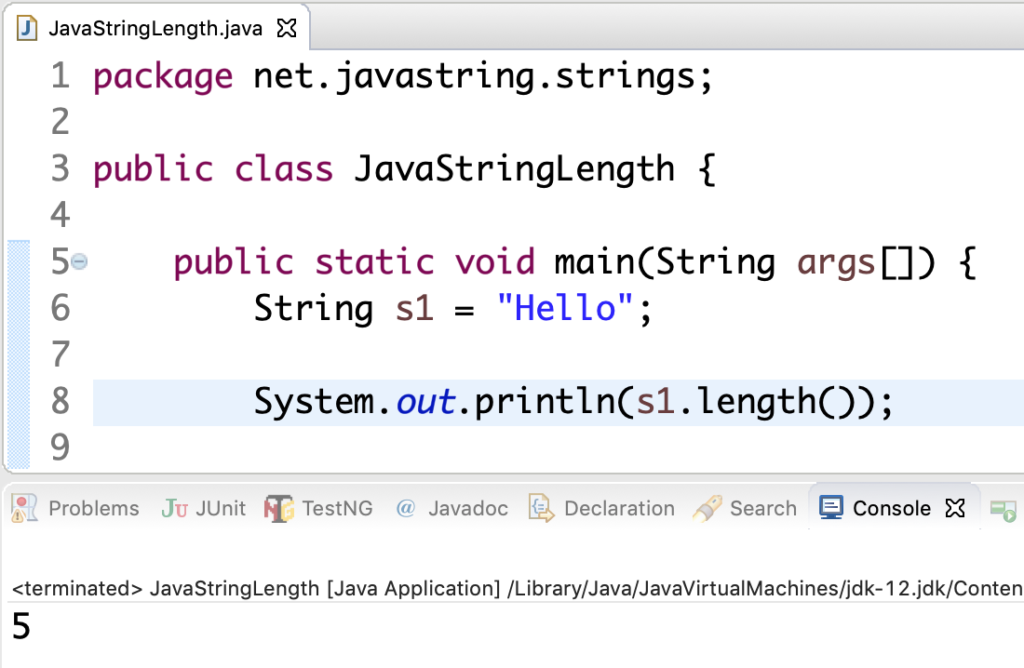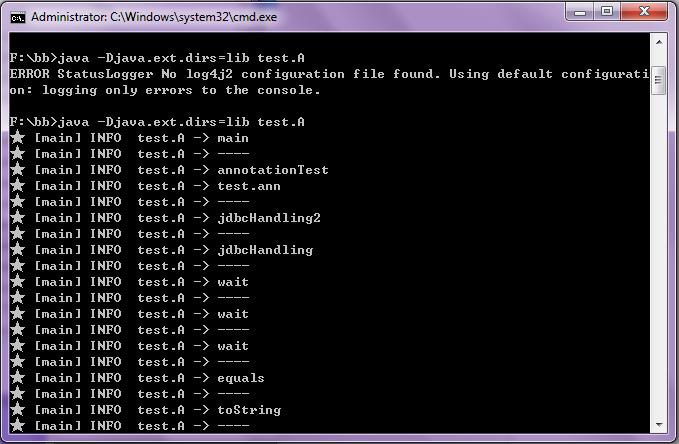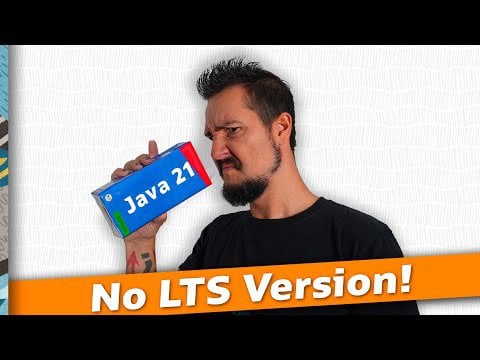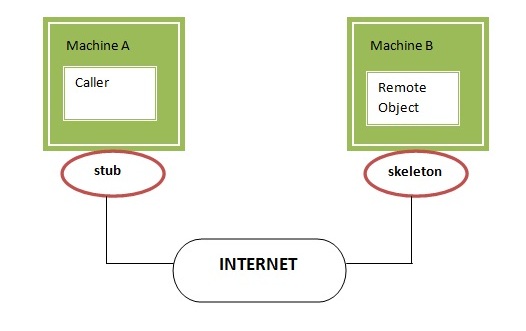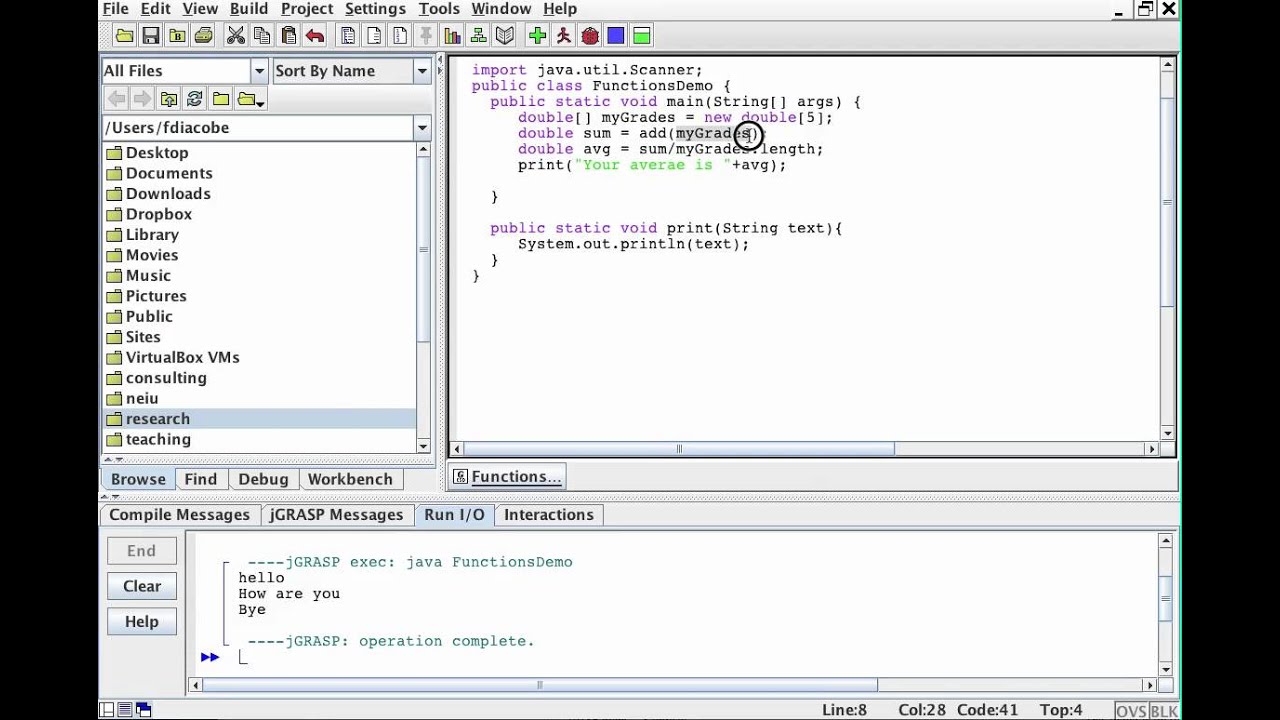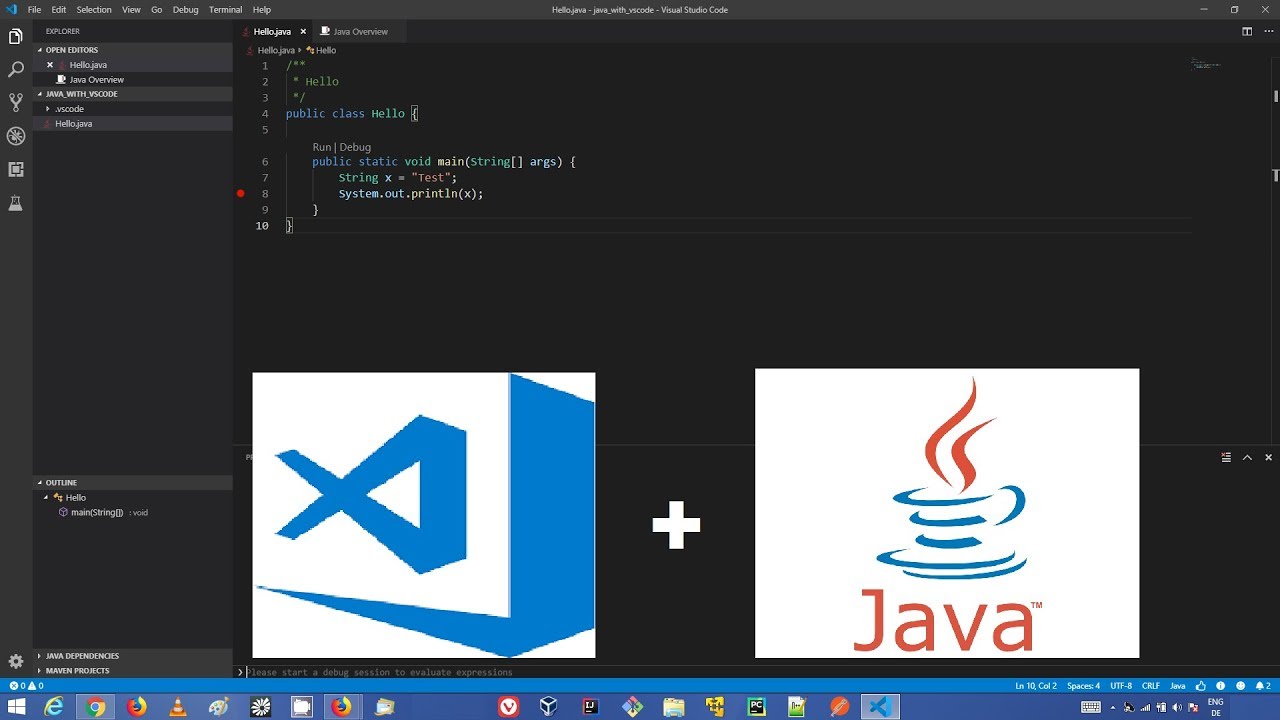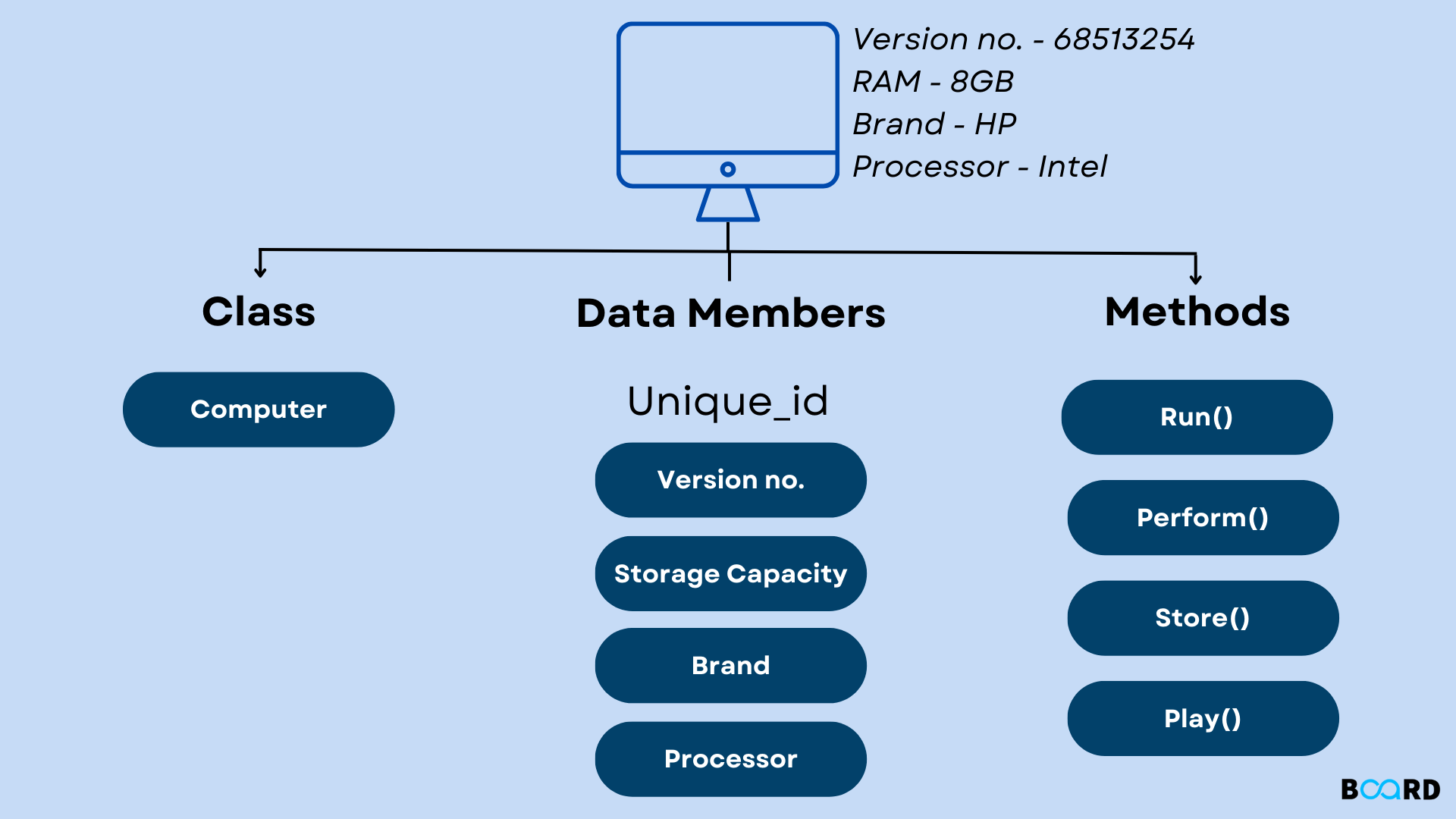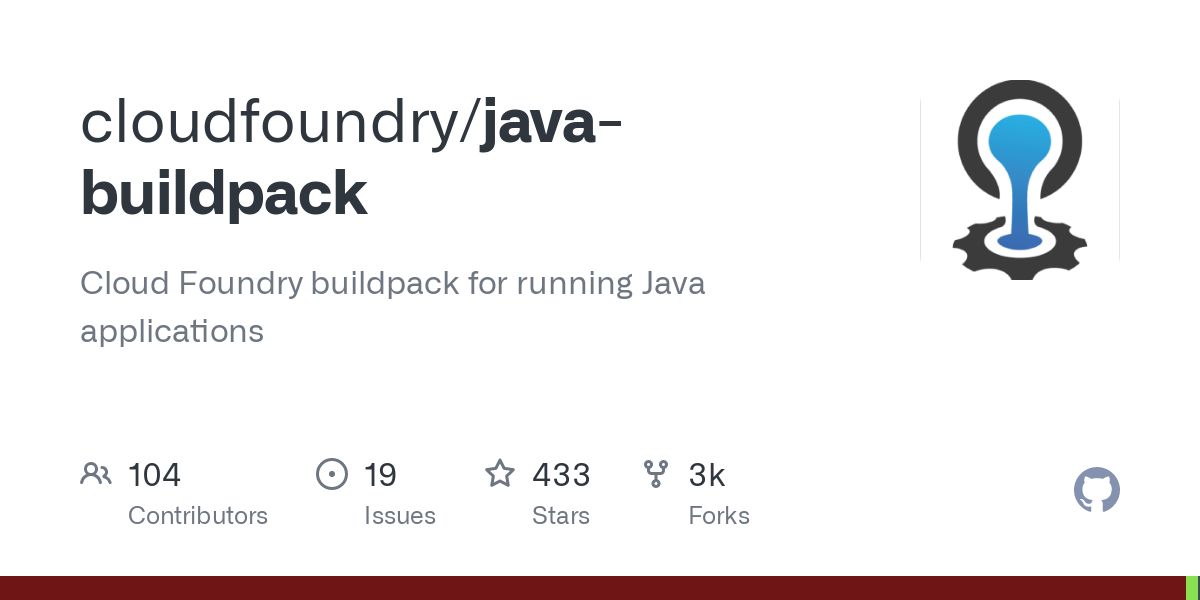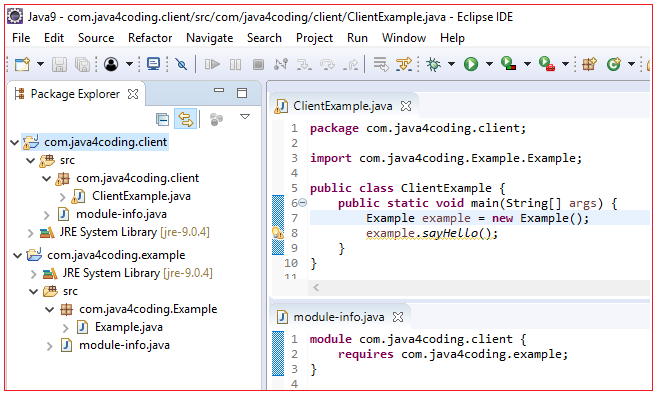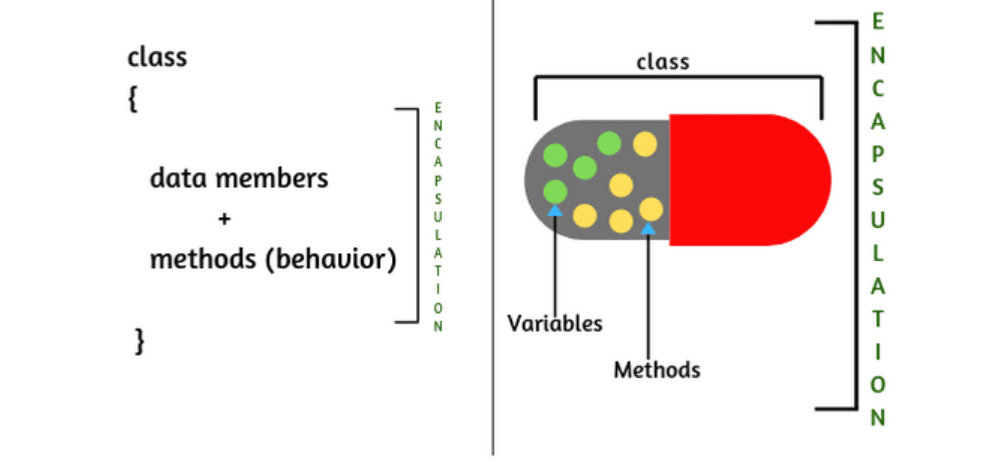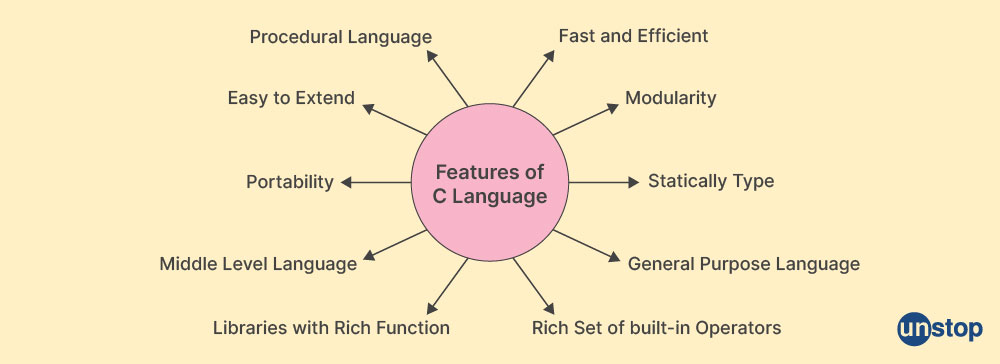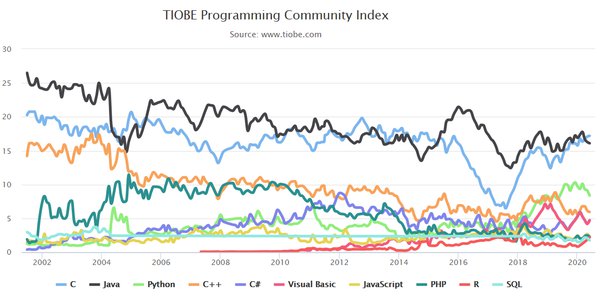Java Semaphore release without acquire
Java Semaphore release without acquire
I understand your requirement is to discuss the concept of releasing a semaphore in Java without acquiring it first.
A semaphore is a synchronization primitive that allows multiple threads to share access to a shared resource, ensuring that only a certain number of threads can access it at any given time. In Java, semaphores are implemented using the Semaphore class from the java.util.concurrent package.
Now, let's dive into the topic of releasing a semaphore without acquiring it first.
In general, when working with semaphores in Java, you would acquire the semaphore using the acquire() method and then release it using the release() method. The acquire() method will block if the semaphore is already acquired by another thread, while the release() method will increase the count of available slots.
However, in certain situations, you might encounter scenarios where you need to release a semaphore without acquiring it first. One such situation could be when you are implementing a producer-consumer pattern.
Here's an example to illustrate this:
import java.util.concurrent.Semaphore;
import java.util.concurrent.TimeUnit;
public class ProducerConsumer {
private static Semaphore semaphore = new Semaphore(1);
public void produce() throws InterruptedException {
try {
// Acquire the semaphore if necessary
if (semaphore.tryAcquire()) {
System.out.println("Producer acquired the semaphore");
// Process some data
try {
TimeUnit.SECONDS.sleep(2);
} finally {
semaphore.release();
System.out.println("Producer released the semaphore");
}
} else {
System.out.println("Semaphore was already acquired, skipping production");
}
} catch (InterruptedException e) {
Thread.currentThread().interrupt();
throw e;
}
}
public void consume() throws InterruptedException {
try {
// Acquire the semaphore if necessary
if (semaphore.tryAcquire()) {
System.out.println("Consumer acquired the semaphore");
// Process some data
try {
TimeUnit.SECONDS.sleep(2);
} finally {
semaphore.release();
System.out.println("Consumer released the semaphore");
}
} else {
System.out.println("Semaphore was already acquired, skipping consumption");
}
} catch (InterruptedException e) {
Thread.currentThread().interrupt();
throw e;
}
}
public static void main(String[] args) throws InterruptedException {
ProducerConsumer pc = new ProducerConsumer();
// Start producers and consumers
Thread producer1 = new Thread(() -> pc.produce());
Thread producer2 = new Thread(() -> pc.produce());
Thread consumer1 = new Thread(() -> pc.consume());
Thread consumer2 = new Thread(() -> pc.consume());
producer1.start();
producer2.start();
consumer1.start();
consumer2.start();
// Wait for producers and consumers to finish
producer1.join();
producer2.join();
consumer1.join();
consumer2.join();
}
}
In this example, we have a producer-consumer pattern where the produce() method represents the producer that produces data, and the consume() method represents the consumer that consumes data. The semaphore is used to ensure that only one thread can access the shared resource at any given time.
When you release the semaphore without acquiring it first, this can lead to unexpected behavior. In the above example, if you release the semaphore in the producer without acquiring it first, then the consumer might acquire the semaphore and start consuming data before the producer has a chance to produce more data. This could result in incorrect behavior or even a deadlock.
To avoid this issue, make sure to acquire the semaphore using tryAcquire() before releasing it. The tryAcquire() method will return false if the semaphore is already acquired by another thread, and you should handle this situation accordingly.
In summary, when working with semaphores in Java, it's essential to understand the rules of acquiring and releasing the semaphore to avoid unexpected behavior or deadlocks.
Java semaphore release example
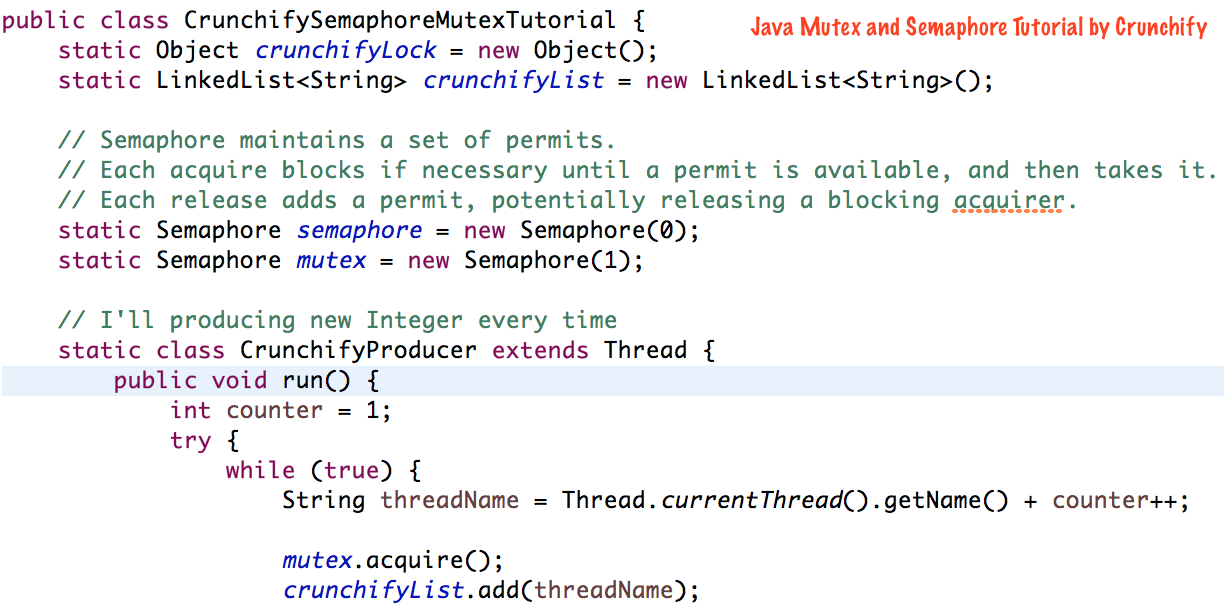
Here's an example of a Java program that demonstrates the use of a semaphore:
import java.util.concurrent.Semaphore;
public class SemaphoreExample {
public static void main(String[] args) {
// Create a semaphore with a maximum number of permits (3 in this case)
final Semaphore semaphore = new Semaphore(3);
// Start 5 threads that try to access the semaphore
for (int i = 0; i < 5; i++) {
new Thread(() -> {
try {
// Try to acquire a permit from the semaphore
semaphore.acquire();
System.out.println("Thread " + Thread.currentThread().getName() +
" acquired a permit and is now executing");
// Simulate some work being done by this thread
for (int j = 0; j < 3; j++) {
System.out.println("Thread " + Thread.currentThread().getName()
" is doing some work (" + j + ")");
}
// Release the permit when we're done
semaphore.release();
} catch (InterruptedException e) {
Thread.currentThread().interrupt();
}
}).start();
}
}
}
In this example, a Semaphore with a maximum number of permits set to 3 is created. This means that at most 3 threads can acquire a permit and execute the code inside the semaphore-acquire-release block.
Five threads are started, each trying to acquire a permit from the semaphore. When a thread acquires a permit, it executes the code inside the try block. The code simulates some work being done by printing out messages indicating that the thread is doing some work.
When the thread has finished its work, it releases the permit using the release() method. This allows another thread to acquire a permit and execute the code if one is available.
If more threads try to acquire a permit when the maximum number of permits have already been acquired (in this case, 3), they will be blocked until a permit becomes available again. The semaphore ensures that only a specified number of threads can access a shared resource at any given time, preventing the resource from being overwhelmed or causing starvation for other threads.
This example demonstrates the use of a Semaphore to control access to a shared resource and prevent it from being accessed simultaneously by multiple threads. It also shows how semaphores can be used to implement mutual exclusion and ensure that only a specified number of threads can execute a critical section of code at any given time.
